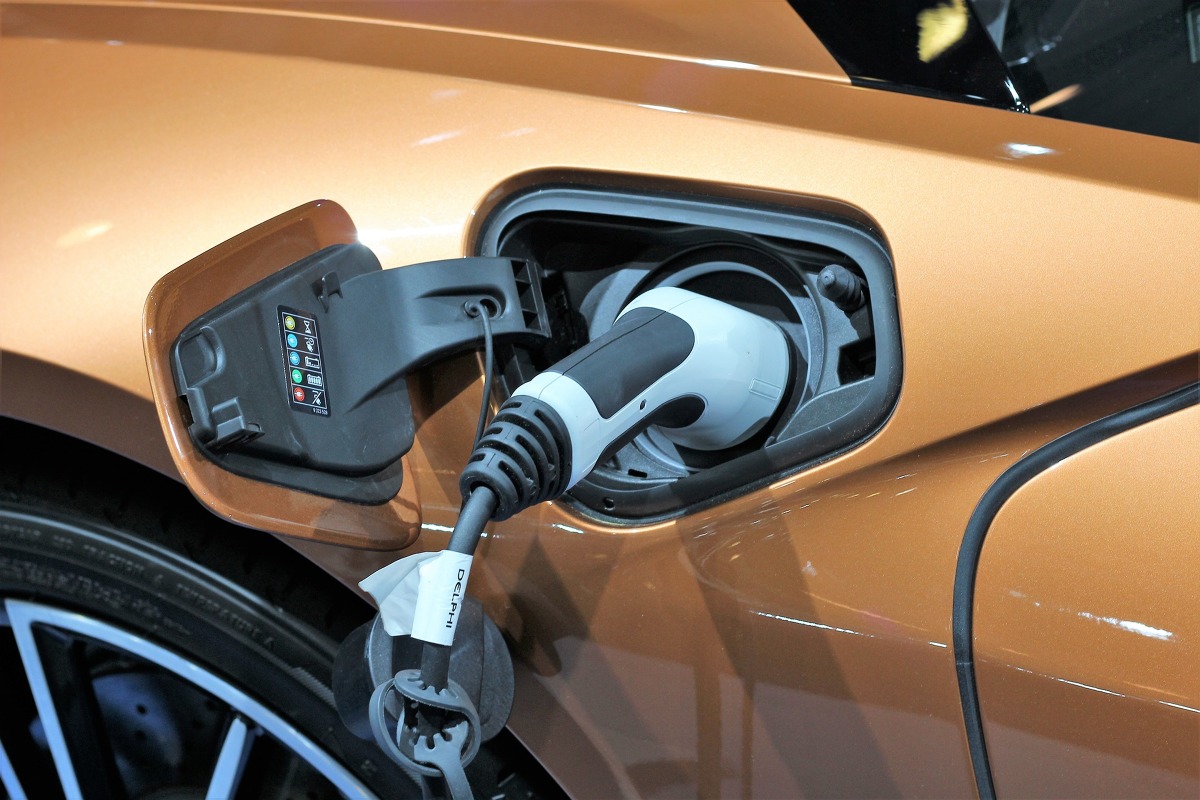
Electric car. Infrastructure not ready for electric vehicles?
 Underground car parks in Poland have fire protection systems, but there are not enough of them in case of a fire in electric vehicles, which are becoming more and more. The tunnels are even worse.
Underground car parks in Poland have fire protection systems, but there are not enough of them in case of a fire in electric vehicles, which are becoming more and more. The tunnels are even worse.
Underground car parks in Poland are fairly well protected by fire protection systems. However, the automotive revolution and the fact that electric vehicles are growing rapidly are completely changing the assessment of the state of fire protection. – for vehicles with batteries, existing installations are no longer sufficient. Although electric vehicles in our country still make up a fraction of a percent of all vehicles, there is no doubt that there will be more and more of them. This is confirmed by the data: in 2019, 4 passenger electric vehicles were registered in Poland for the first time, while for the entire 327 year there were 2018 (data from Samar, CEPIK).
An emerging program of government subsidies could further accelerate registration of battery-powered vehicles. There will be more and more electric vehicles in parking lots, including underground parking lots, and the modernization of fire protection systems will not keep up with changes in the automotive industry.
– Electric (or hybrid) cars are much more difficult to disable than cars with a traditional internal combustion engine. The sprinkler water fire extinguishing system, which is still used most often in underground parking lots, is ineffective in this case, since the battery cells emit new combustible products (vapors) and oxygen during combustion - everything necessary to maintain the fire. When even one link burns, a chain reaction occurs, which is very difficult and almost impossible to stop with water alone - Michal Brzezinski, Fire Protection Department Manager - SPIE Building Solutions.
In countries where there are many more electric vehicles, underground car parks use heat harvesting installations as fire protection systems and – as with electric cells – a large amount of energy – much more than other fires. Most often, high-pressure water mist installations are used for this, where each droplet has a size of 0,05 to 0,3 mm. In such systems, a liter of water is enough for an area from 60 to 250 m2 (with sprinklers only 1 - 6 m2).
– The high evaporation rate in the case of high-pressure water mist makes it possible to obtain a huge amount of heat from the fire source – about 2,3 MJ per liter of water. Locally displaces oxygen from the combustion space due to instantaneous evaporation (water increases its volume by 1672 times during the liquid-vapor phase transition). Thanks to the cooling effect of the combustion zone and the enormous heat absorption, the risk of fire spread and re-ignition (flash) is minimized, says Michal Brzezinski.
Electric vehicles. Also a problem in tunnels
Poland has 6,1 km of road tunnels (more than 100 m long). This is very small, but in 2020 their total length should increase by 4,4 km, because this is the number of tunnels on Zakopianka and the S2 route on the Warsaw bypass. In both cases, commissioning is scheduled for 2020. When this happens, there will be 10,5 km of road tunnels in Poland, which is 70% more than today.
See also: Car odometer replaced. Is it worth buying?
With fire protection systems in Poland in tunnels, it is even worse than in the case of underground car parks - in most cases they are not protected at all, except for ventilation and smoke extraction.
- Here, too, we must chase the countries of Western Europe. As with underground car parks, high pressure fog is considered the optimal solution due to the high heat (energy) absorption from the fire. It has nothing to do with atmospheric fog. In this fire extinguisher, the working pressure is about 50 - 70 bar. Due to the high pressure, specially designed nozzles allow the mist to be delivered at high speed to the fire. In addition, the mist locally displaces oxygen from the combustion chamber through flash evaporation. In this process, water absorbs more heat than any other extinguishing agent, so it is de-energized much faster and more efficiently. Due to its pronounced cooling effect, it effectively fights fire, and people and property are protected from heat. Because the high-pressure water mist has a droplet size of less than 300 micrometers, its particles easily combine with smoke particles and effectively reduce smoke in the place where the fire started, says Michal Brzezinski from SPIE Building Solutions.
An added benefit of firefighting fog is the fact that it is not harmful to humans, therefore allowing people in it, such as in an underground car park or tunnel, to leave the hazardous facility more easily, and it also allows the fire brigade to enter it more safely.
The Volkswagen ID.3 is produced here.
